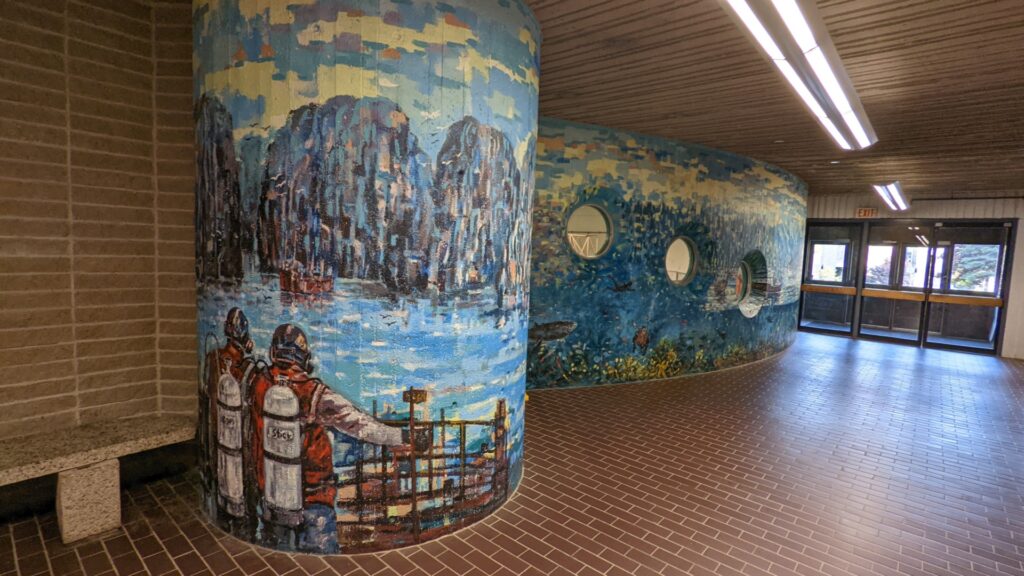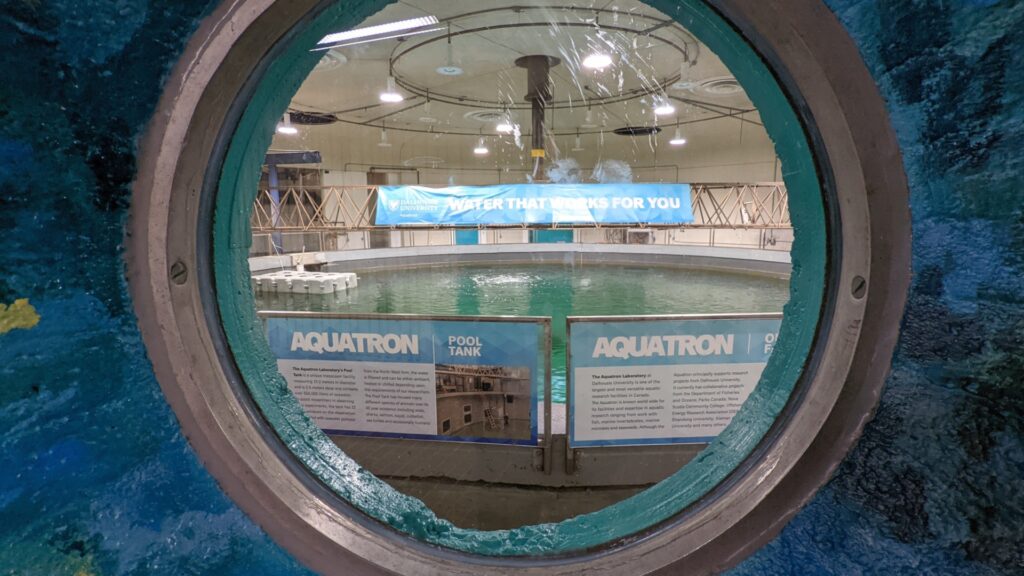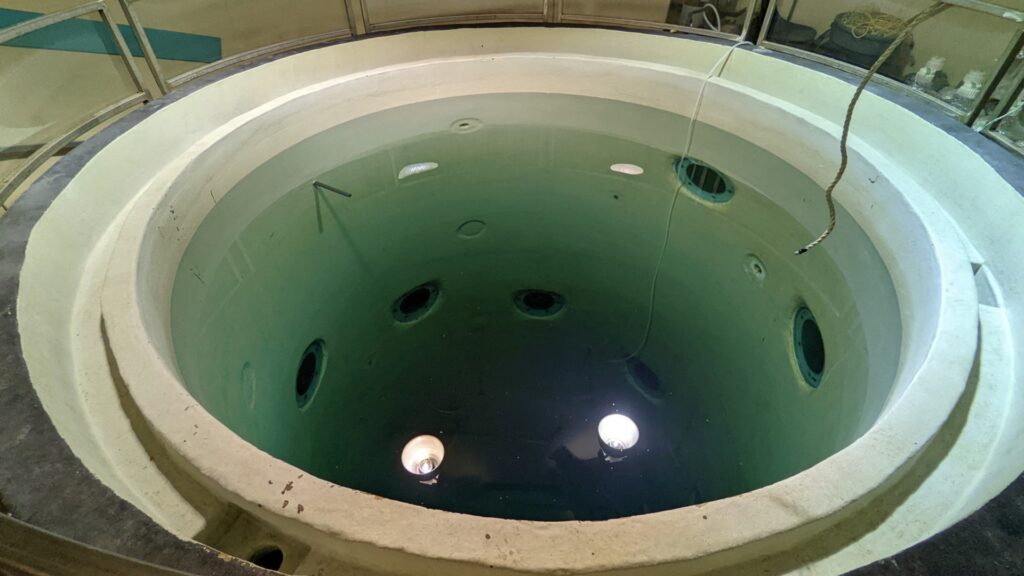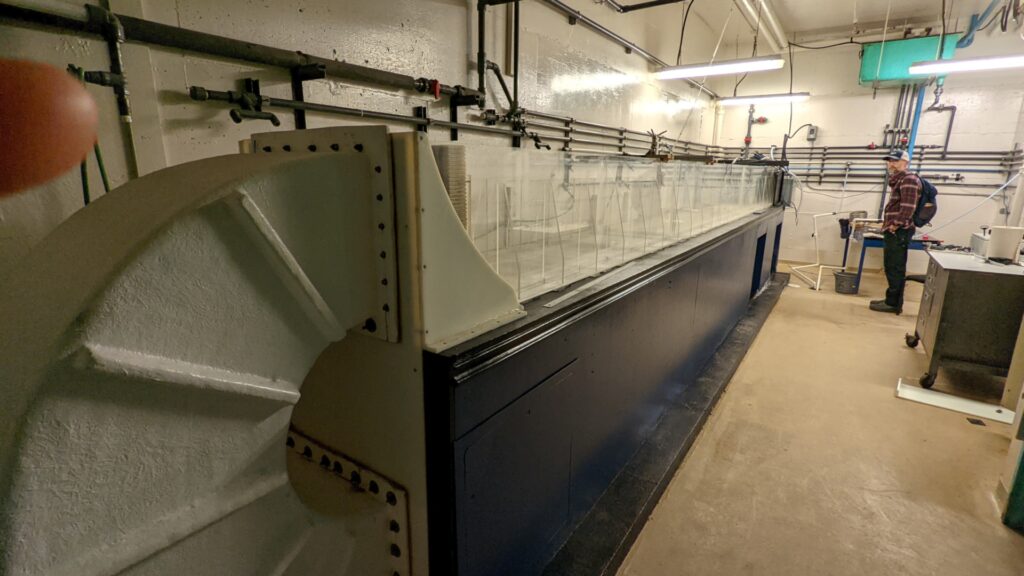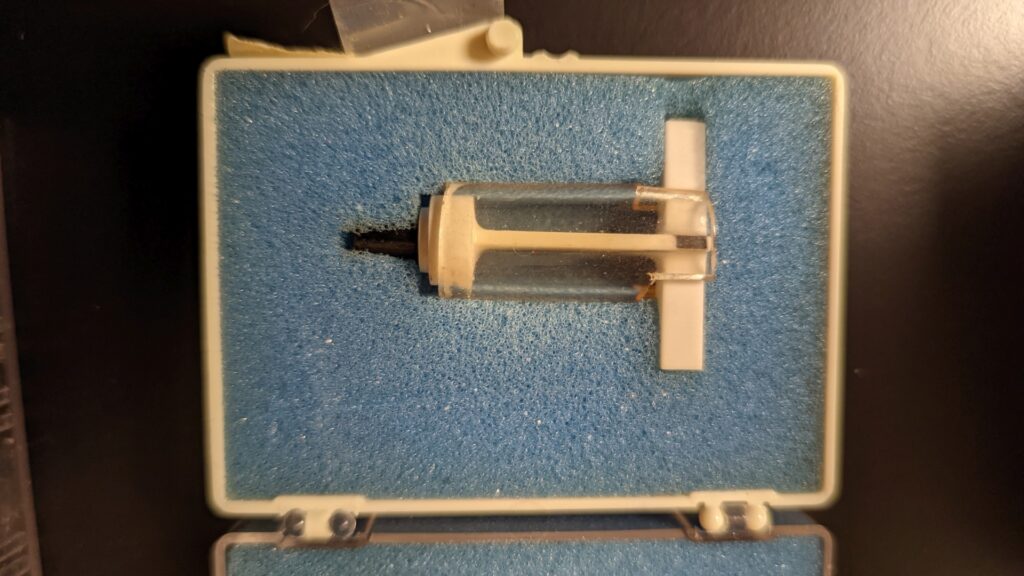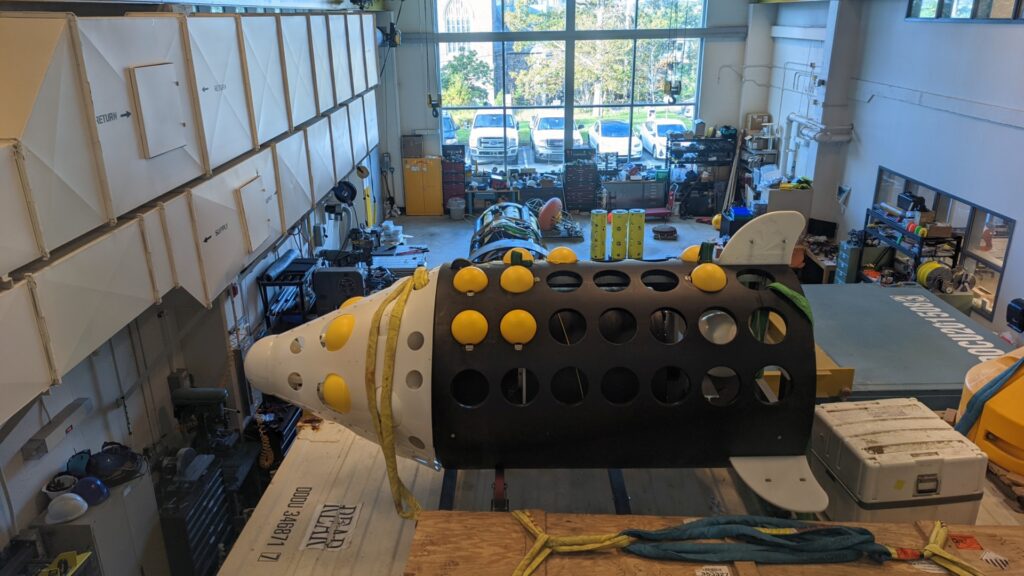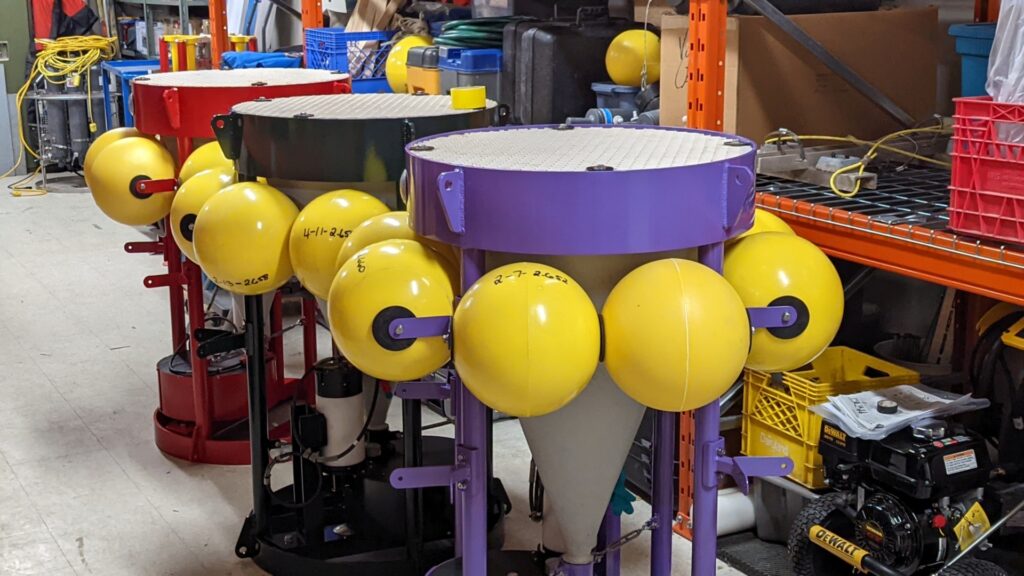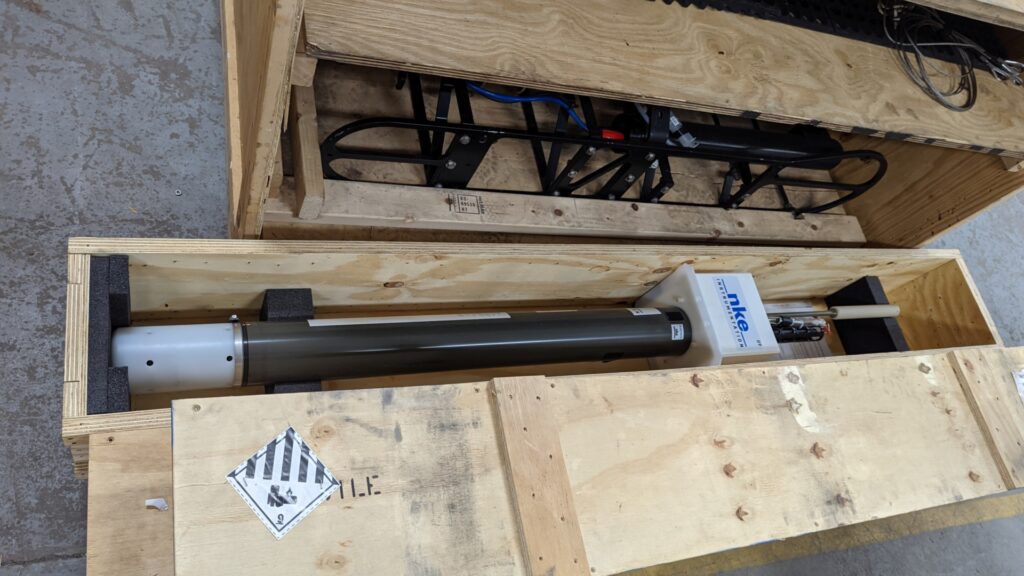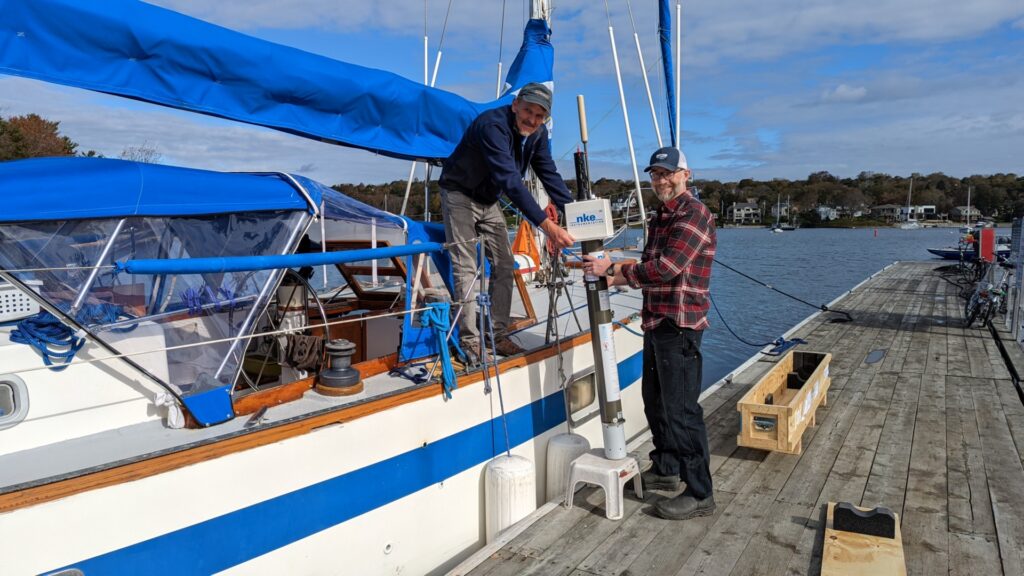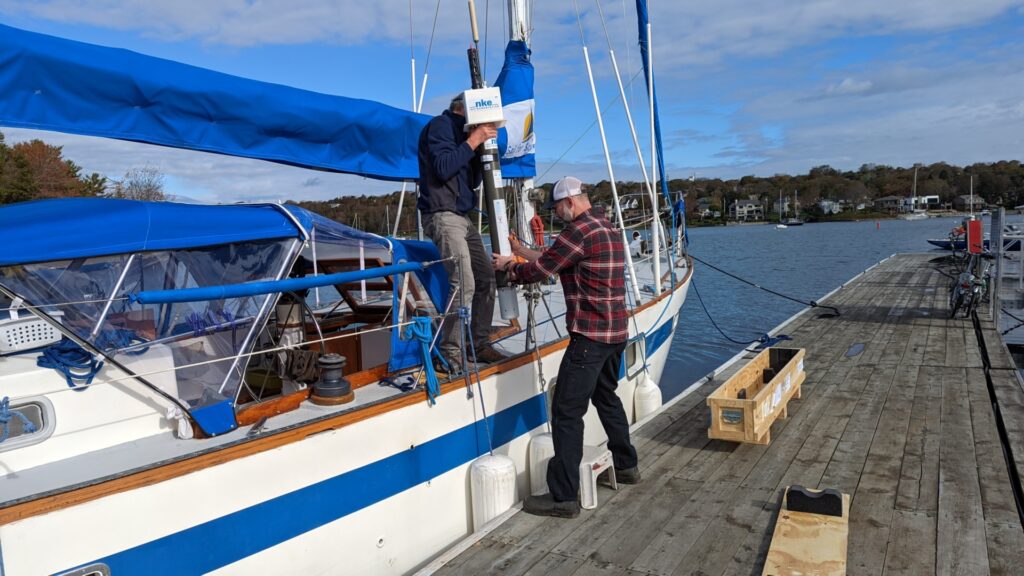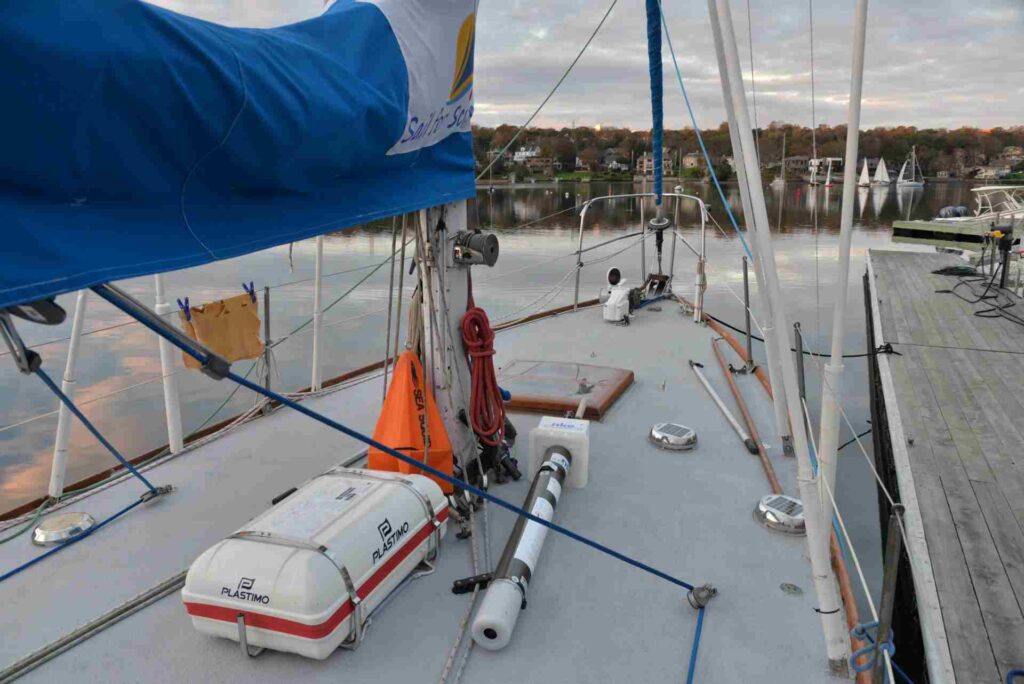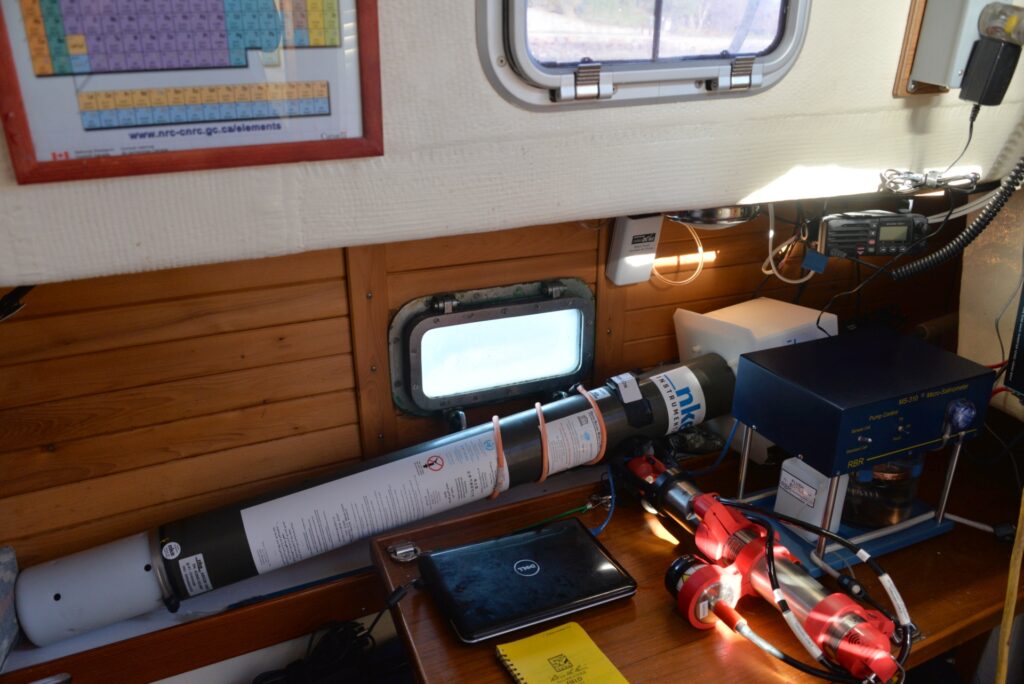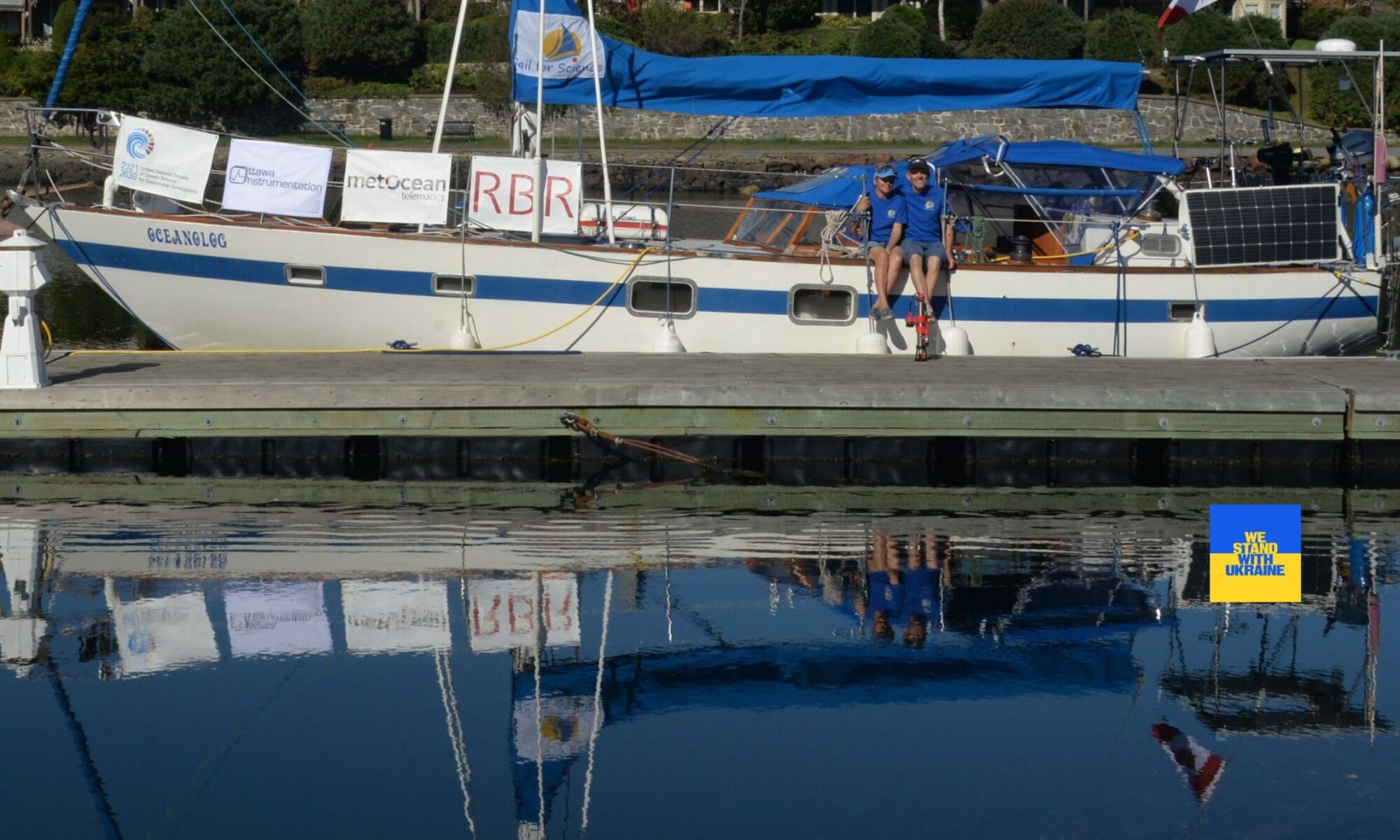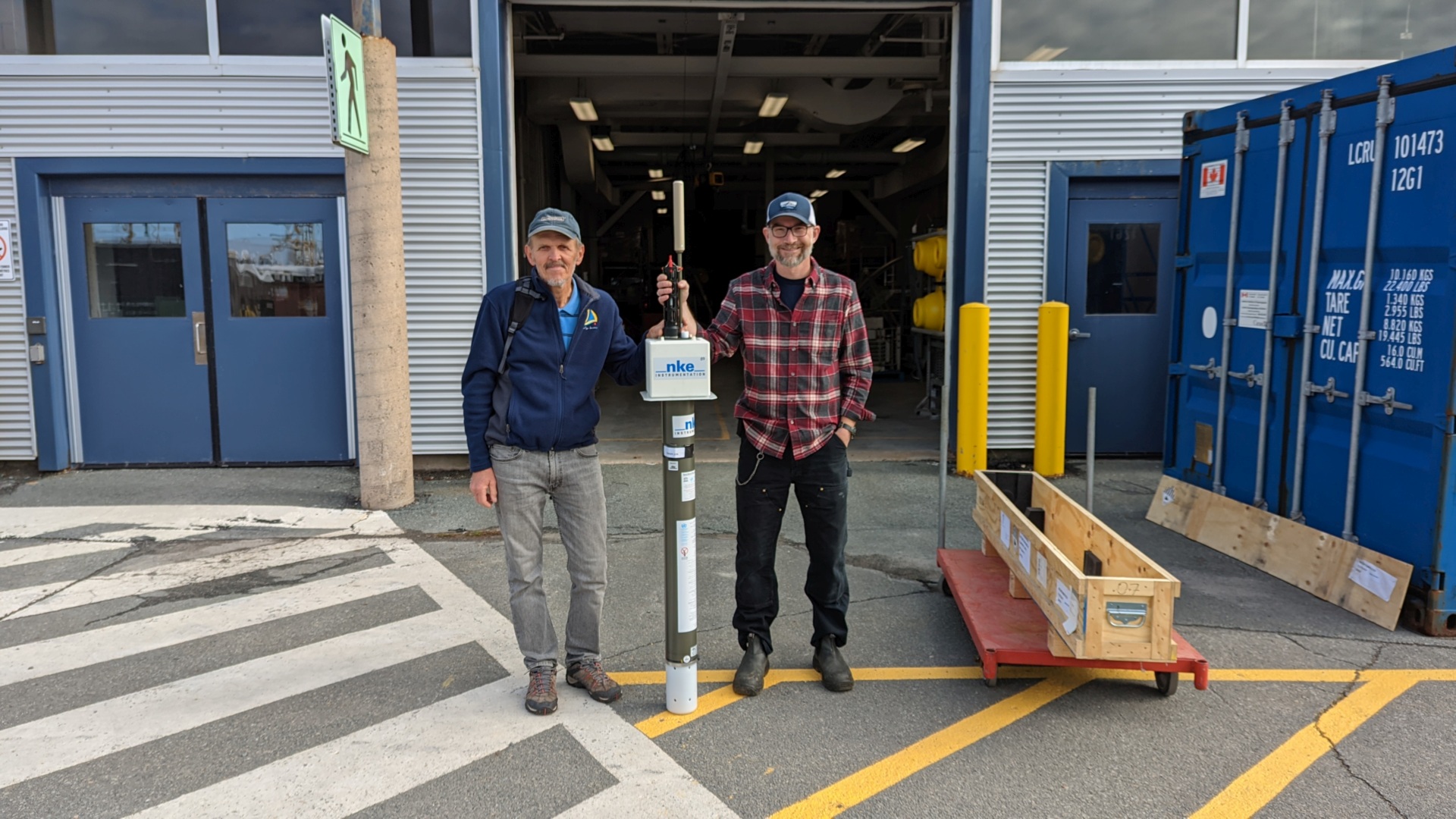Today was a significant day in the world of Sail for science! In the morning, Clark and I paid a visit to Dalhousie University, more specifically, the Steele Ocean Science Building, home to the Department of Oceanography. Our first stop was the Aquatron laboratory, boasting the largest aquatic research circular pool in Canada, with an impressive 50-foot diameter, filled with seawater from a nearby Northwest Arm. We also had the opportunity to explore a deep-sea pool, plunging to a depth of 10 meters. However, the real highlight was witnessing a flume, where we tested the dynamic characteristics of RBR CTD measuring systems. Clark also showed me some of the sensors from his collection, including one of Neil Brown’s early conductivity cells. In a spacious hall, we were observing a new model of the SeaCycle, an underwater multi-purpose oceanographic platform. The university is truly at the forefront of showcasing cutting-edge technologies for ocean science.
After our enlightening visit to Dalhousie University, we made our way back to the Bedford Institute of Oceanography, where a long-anticipated surprise awaited me. It was the Argo float that we had agreed to take with us and launch into the Caribbean Sea. Following a brief instruction on how to launch the float, we loaded it into a minivan, and Clark and I returned to the sailboat. Once back on board, we carefully positioned the buoy in our oceanographic laboratory, where it surprisingly fit seamlessly into the available space. Now, we have a special mission ahead of us – launching this float! It’s worth mentioning that our pre-retirenment company, RBR, manufactures CTD measuring systems for such floats. Unfortunately, the BIO warehouse only had floats with CTD from our competitor in the oceanographic instruments market, the SBE company. Nevertheless, the goal remains the same – to collect valuable oceanographic information. Our relationship with RBR is an essential part of our history, and there’s still much more stories to come! Let it Float for Science, whoever has made it!

